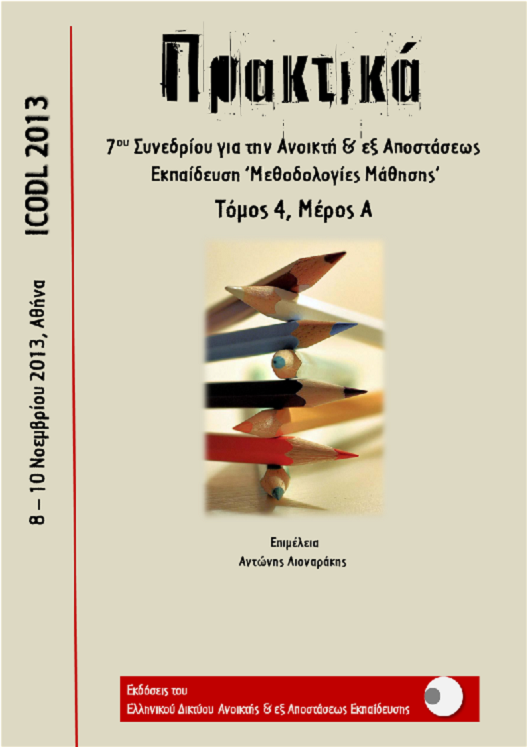Recognition of the learner as a learning entity: Case study: The blended learning program of Secretariat for Lifelong Learning and the Institute of Continuing Education

Abstract
In adult education programs two characteristics are common: a) trainees participate in programs willingly, b) they come with clear targets, having already set the framework on which they will move and having clearly predetermined the goals they hope to achieve (Rogers, 1999). In order for the trainer to achieve their full activation and avoid their passive attitude (Race, 1998), he must strive to work in a horizontal plane, remembering that they are also adults. In this way, he enhances the dignity of learners (Jarvis, 2004), highlights their experiences (Rogers, 1999) and mainly he proves that their work is recognized also by the other members of the team and especially by himself/herself (the adult educator) (Bigilaki, 2009).
The present study investigated, through the recording of the trainers’ training activities, as these grow in a blended learning program, mainly the use of the trainees’ experiences, thus their recognition as an equal entity and secondly the techniques and methodology applied throughout the programs in order to motivate learners to an active participation, especially the part of distance education in a blended learning context. Specifically, this study attempted to record: a) the source of trainers’ activities, b) the role they adopted and the techniques they used in order to involve learners in the educational process, c) whether distance learning through an online platform and the way of activating learners demonstrate individuality or collectivity and d) the trainers’ proposals for a better framework of activating learners in a distance learning program.
Article Details
- Section
- Articles


